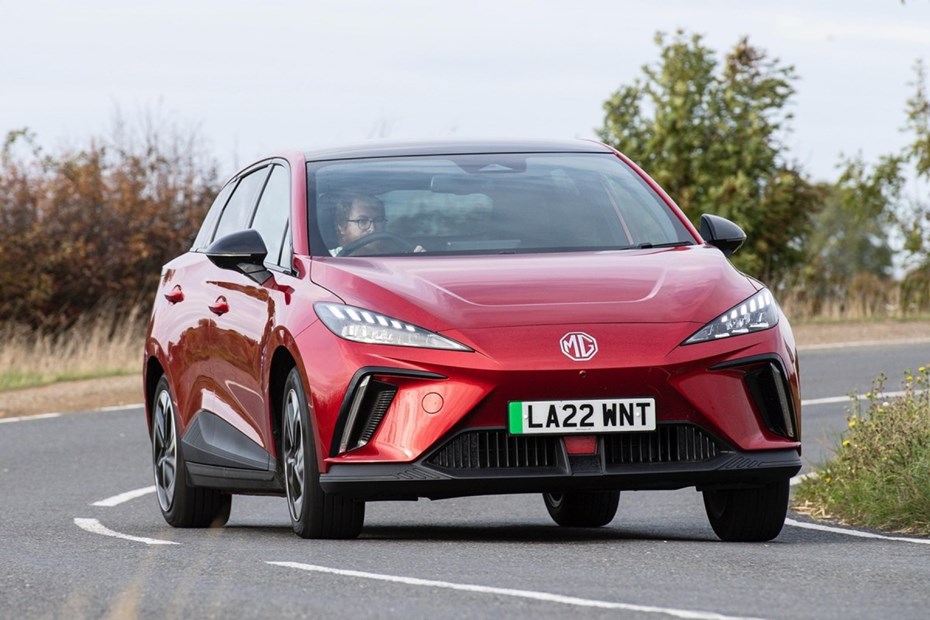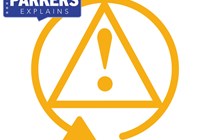Just about every new car currently on sale in the UK is fitted with electronic stability control (ESC). It’s a driver assistance system that’s one of the key safety features on a car, helping prevent potentially dangerous situations from developing while you’re driving.
The system is also known as dynamic stability control (DSC) and electronic stability program (ESP) – engineers do like their acronyms. In this guide, we’re going to explain what ESC is, how it works and whether you should ever turn it off.

How does ESC work?
You’ll be aware that a car leans over to one side when going round a corner. That leaning shifts the weight balance of the car. Take a corner too fast and the shifting balance can cause the tyres to lose grip and the car to skid out of control, possibly spinning round or even flipping over in really extreme circumstances.
Electronic stability control uses a network of sensors that detect if fast cornering is causing the car to lose grip. They pick up on wheelspin, the rate at which the body leans over, if the car is moving in the opposite direction to the steering, and myriad other parameters.
If the sensors determine a dangerous situation is developing, they instruct the engine to reduce power and apply the brakes to individual wheels, bringing the car back under control. Some of the latest systems can even apply corrective steering.
When ESC is triggered, you’ll see a warning light in the car’s instrument cluster. You may feel a slight shimmy and a momentary loss of power for a minor intervention; more serious situations will still be pretty alarming, despite the electronic assistance.
Note that ESC is not a failsafe. The laws of physics still apply and will take over when cornering speeds are too ambitious. ESC can also get confused by a road that’s slick with oil or ice.
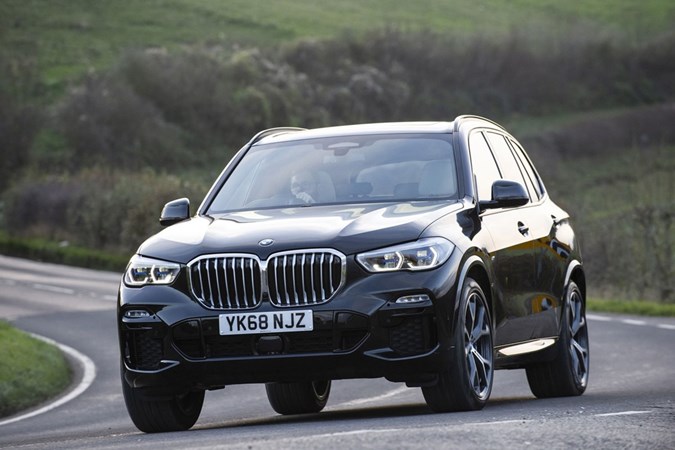
How is ESC different to traction control?
First, we need to establish the difference between traction and grip. Both are forms of friction generated by a tyre, but they’re applied in different directions: traction moves a car forwards and grip gets it round a corner.
When a car’s driven wheels lose traction, they start to spin. Traction control detects the spinning and reduces the engine’s power until traction is regained.
If you’re going round a corner when the wheels start to spin, they will also lose grip and start to skid. At that point, the stability control kicks in to control the skid.
You can have traction control without ESC and vice versa, but they go together in pretty much every car.
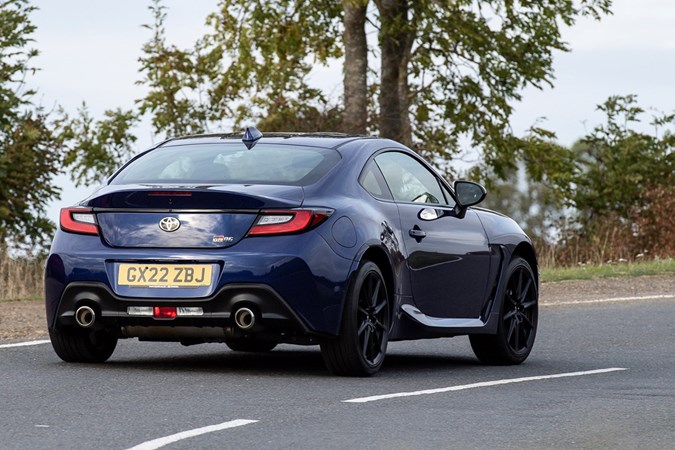
Do I actually need ESC?
Car manufacturers started fitting stability control in the late 1990s – the original Mercedes-Benz A-Class was one of the first to have it as standard – and it has prevented an incalculable number of accidents in the years since. That’s not to say cars without ESC are inherently unsafe – far from it. However, ESC-less rear-wheel-drive cars, in particular, do demand a greater level of concentration and car control to drive along a winding road at high speed.
Whether or not ESC is necessary on modern cars is moot because it has been legally required on just about all cars sold in the UK since 2014. Most cars already had it by then, anyway. It’s worth noting that ESC is always fitted in conjunction with a number of other driver assistance features including anti-lock brakes and traction control.
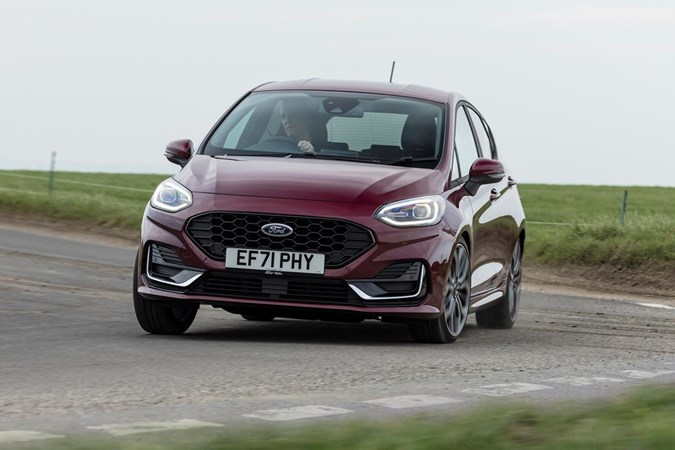
Is it ever OK to turn off ESC?
As a rule of thumb, no, not on the public road. However, there is one circumstance in which it’s OK, even beneficial to turn off stability control, and that’s when the road is super-slick with mud, ice or snow.
ESC systems are designed to cope with a wide range of road conditions, indeed in some cars it has several modes tailored to different conditions. However, if the road is so slippery that the driven wheels are constantly spinning, ESC can become confused to the extent that it refuses to let the car move at all, a particular problem in winter. At that point, it’s best to switch off the ESC – and traction control, for that matter. You’ll find the buttons on the dashboard or centre console, or in the car’s settings menu.
If you do switch the ESC off, drive very carefully and switch it back on as soon as the conditions allow.
If your car has driving modes, there’s probably at least one tailored towards more enthusiastic drivers – it’ll be called Sport, or something similar. Sport mode dials back the ESC and other driver assistance features, allowing the driven wheels to move sideways a little, which makes fast driving a bit easier and more interactive. Sports car maker Porsche and BMW, in particular, have mastered the art of using driver assistance systems to enhance the high-speed driving experience.
Turning ESC off completely really only makes a difference to a car’s high-speed handling when you’re going too fast for the public road. Indeed, a lot of really powerful cars become pretty much undriveable without it. That’s why, in many cases, the system is never fully disengaged even when you press the button to turn it off.
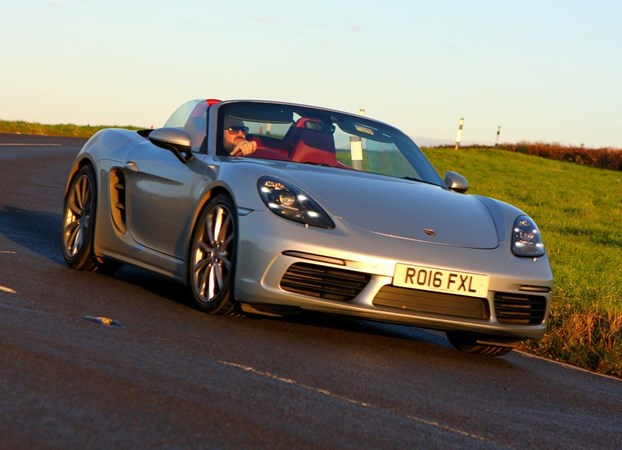
What happens if ESC fails?
If your car’s stability control system fails, you’ll see a warning light and/or message in the instrument cluster. The car will still be drivable, but you should proceed with caution and take it to a garage as soon as possible. The likely cause is a failed sensor. Unfortunately, ESC sensors tend to be rather expensive.
What cars have ESC?
Just about every new car currently sold in the UK is fitted with stability control, as has been required by law since 2014. So you’ll find it on everything from the cheapest Dacia Sandero to the most expensive Rolls-Royce Phantom. The only exceptions are low-volume specialist sports cars like the Caterham Seven.
FAQs
-
Can ESC fix understeer and oversteer?
Yes, ECS is designed to counter both oversteer (when the front wheels lose grip) and oversteer (when the rear wheels lose grip) by applying the brakes to individual wheels and adjusting engine power to help correct the vehicle’s path.
-
Is ECS useful for off-roading driving?
ESC (Electronic Stability Control) can be a big help off-road, especially when traction is limited. But in situations like deep sand or mud, you might want to turn it off to allow for more wheel slip, which can help you power through tricky terrain. The good news? Many modern off-roaders come with a dedicated ESC mode tailored for rough conditions, giving you the best of both worlds—control when you need it, and freedom when you don’t.
-
Does ESC require maintenance?
ESC doesn’t need much in the way of regular upkeep, but it does rely on other systems like ABS and various sensors to do its job. To keep it working properly, make sure your brakes, tyres, and sensors are in good shape. If the ESC warning light pops up on your dash, it’s time to visit a mechanic to get it checked out—ignoring it could mean compromising your car’s stability in tricky situations.
Looking for more jargon-busting motoring meanings? Head over to our Parkers Car Glossary page and take a look at our other definitions
Just so you know, we may receive a commission or other compensation from the links on this website - read why you should trust us.


